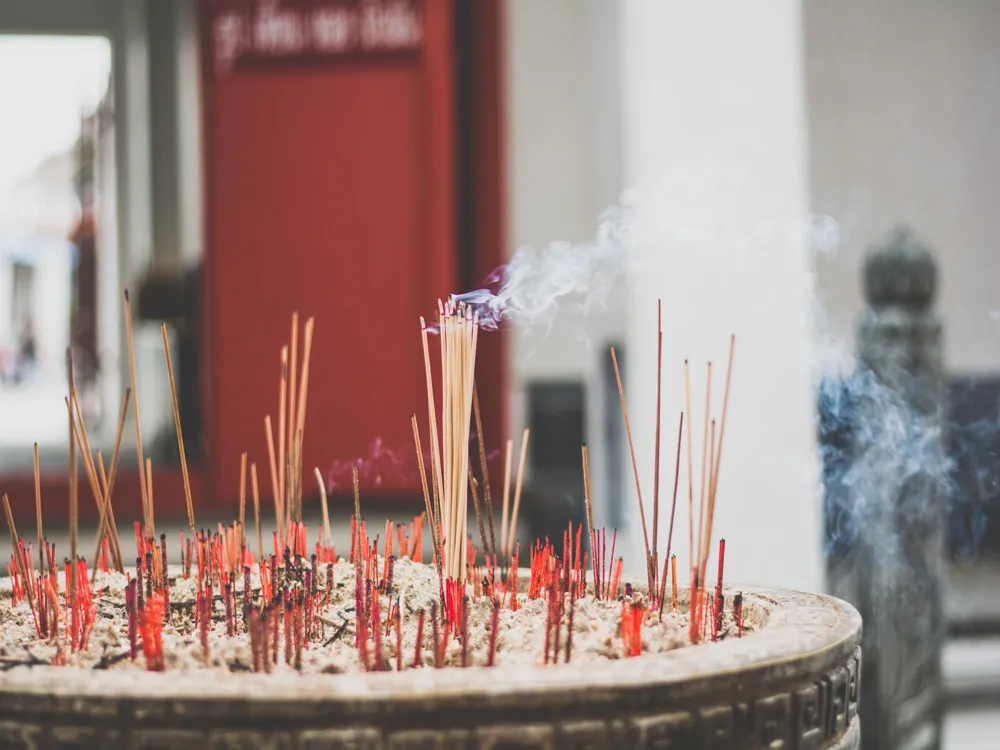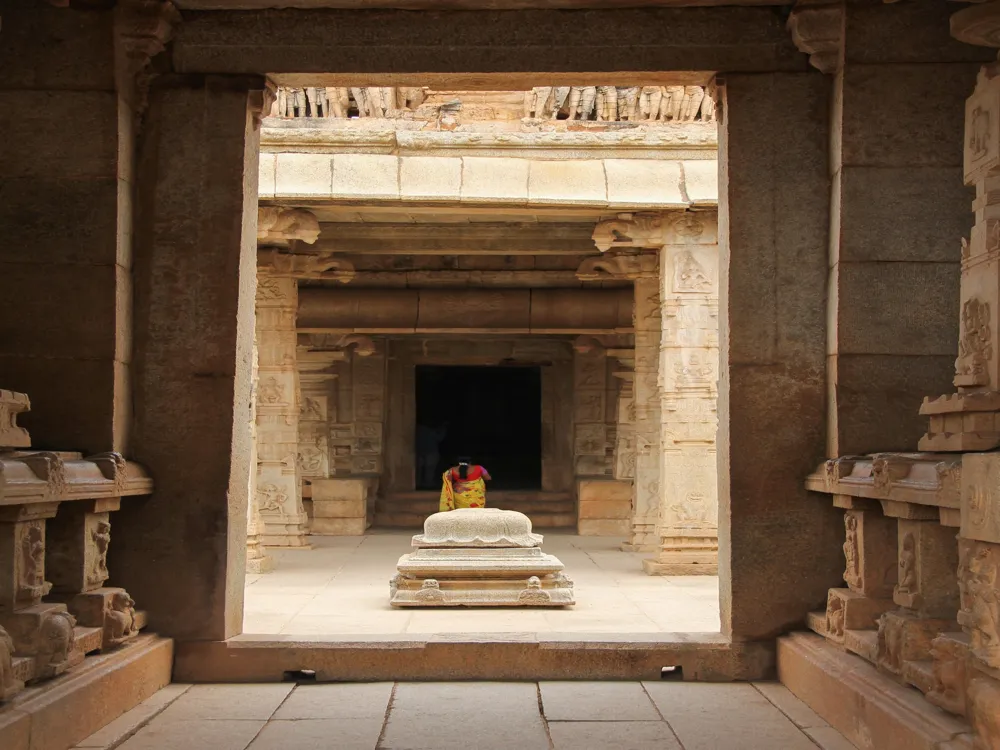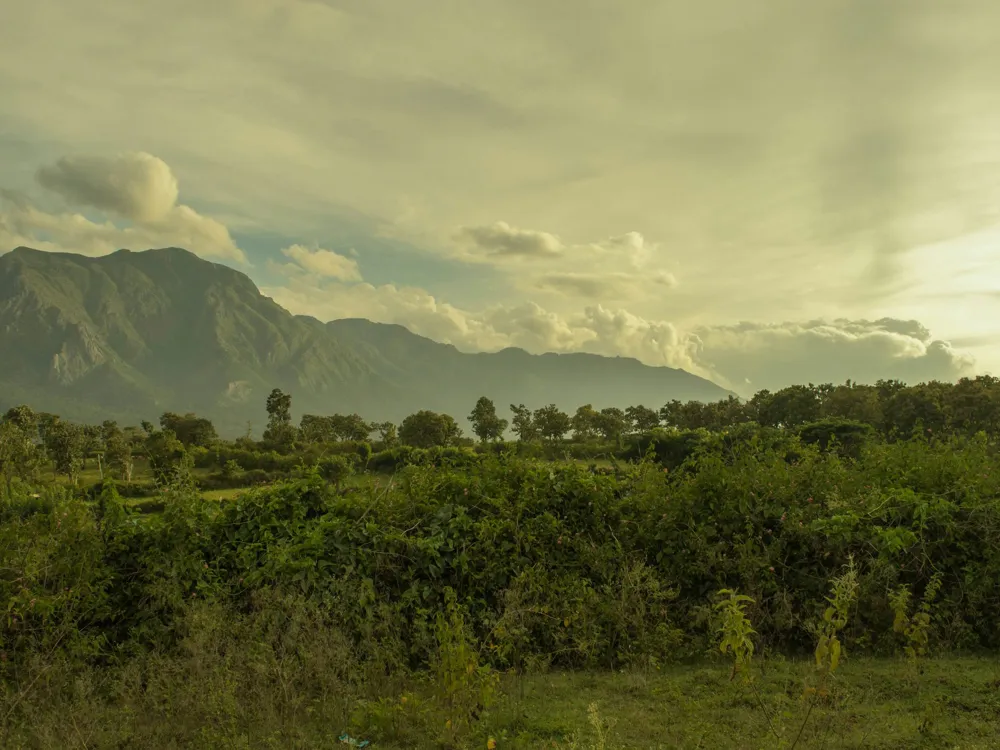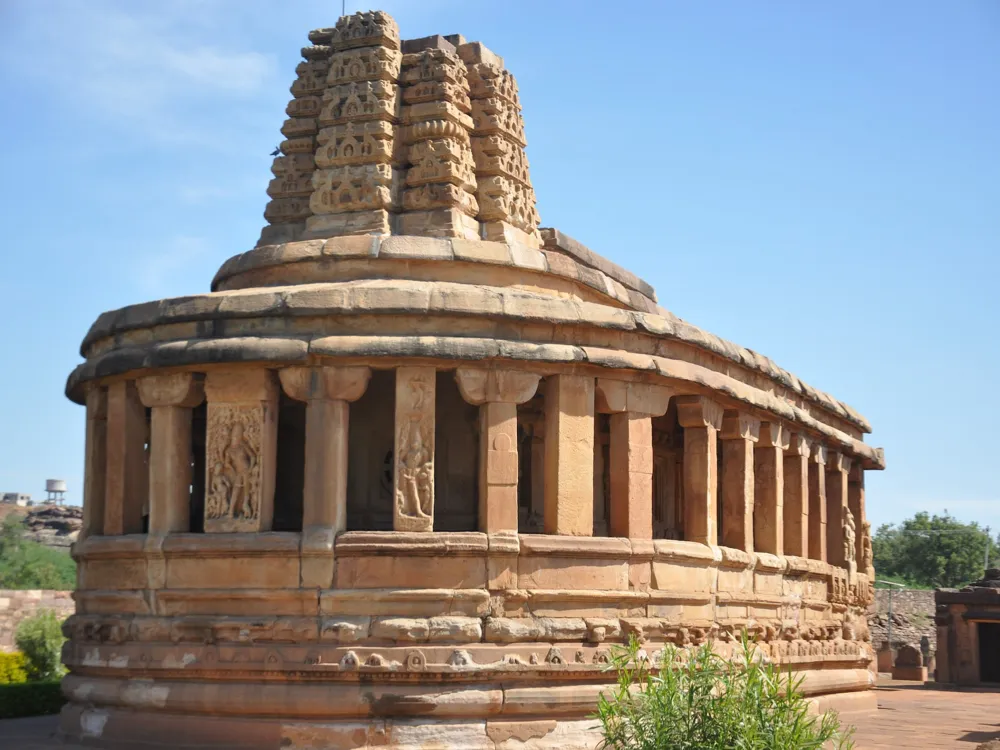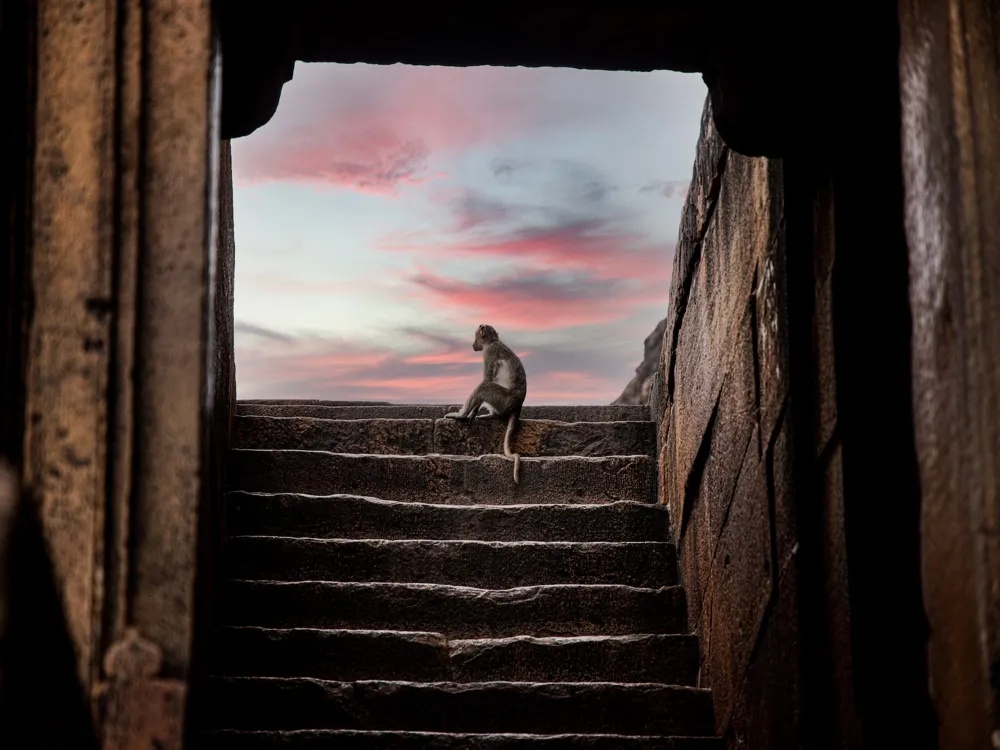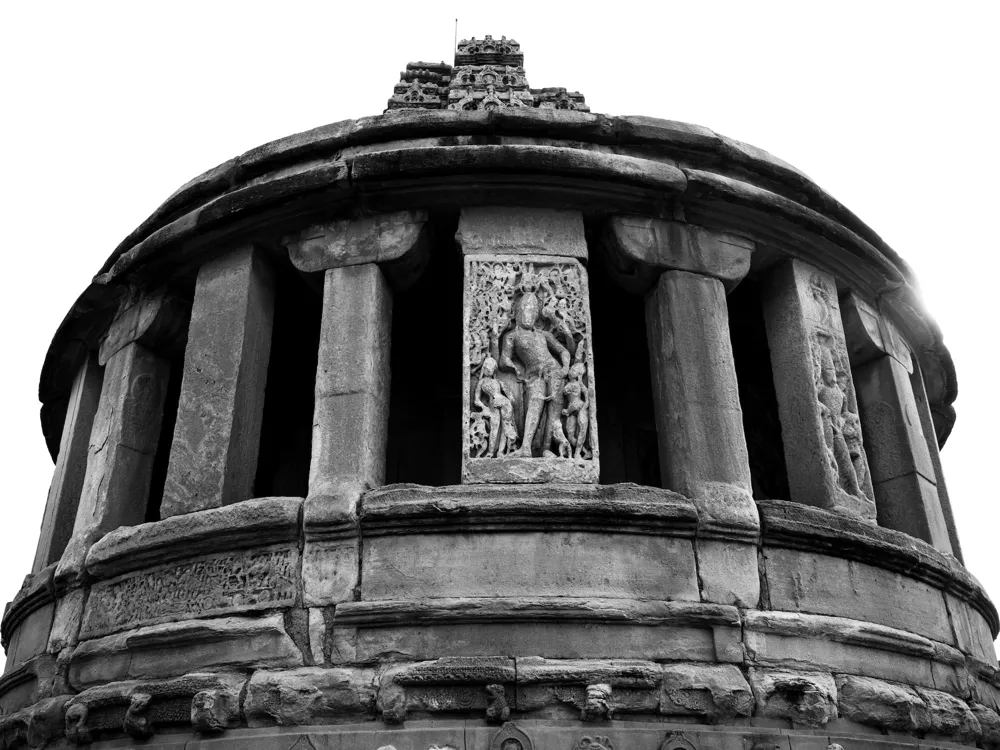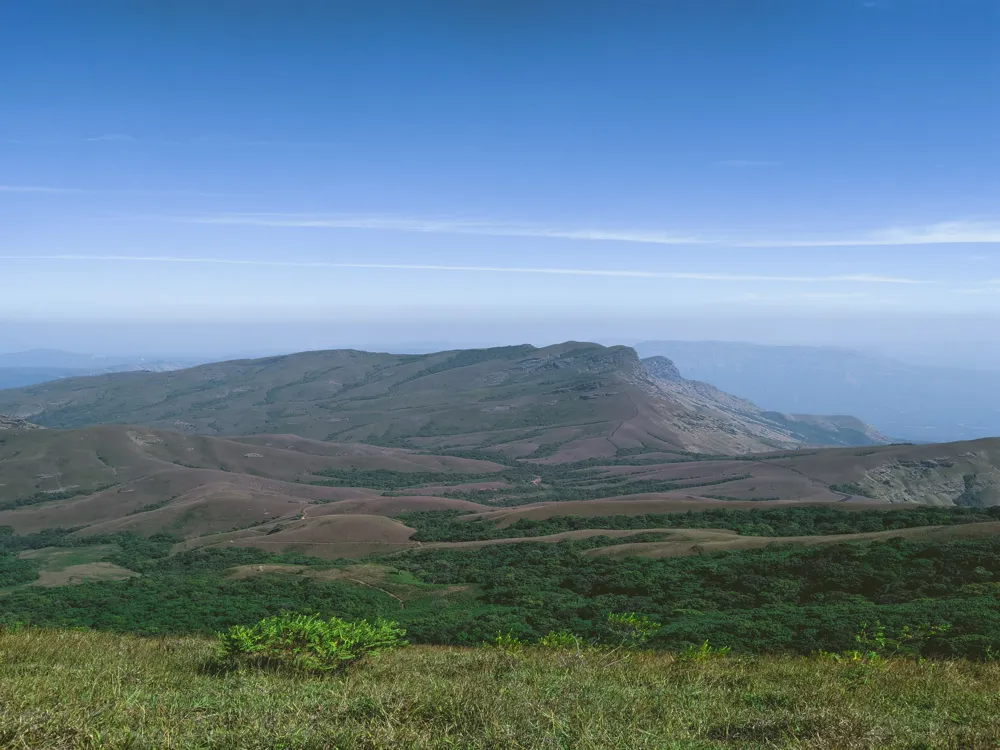The Mahanavami Dibba, standing majestically in the ancient city of Hampi in Karnataka, India, is a historical marvel that attracts thousands of tourists and history enthusiasts each year. This grand structure is an embodiment of the rich cultural heritage and architectural genius of the Vijayanagara Empire, which ruled South India from the 14th to the 17th century. Hampi, a UNESCO World Heritage site, is dotted with ruins that whisper tales of grandeur, battles, and artistic prowess, with Mahanavami Dibba being one of the most prominent among them.
The Mahanavami Dibba was built by King Krishnadevaraya, one of the most illustrious rulers of the Vijayanagara Empire, to commemorate his victory over Udayagiri (present-day Orissa). It was here that the grand celebrations of the Mahanavami festival, also known as the Dasara festival, were held. The platform, with its rich carvings and architectural nuances, served as a stage for royal ceremonies, cultural performances, and religious rituals, reflecting the socio-cultural ethos of the time.
The structure, primarily made of granite, stands as a testament to the engineering and architectural skills of the era. It is adorned with a plethora of carvings depicting scenes from Hindu mythology, daily life, and courtly processions. The platform's base is decorated with friezes of elephants, horses, and soldiers, signifying power and valor. The intricate carvings and the strategic positioning of the structure offer insights into the lifestyle, governance, and religious practices of the Vijayanagara Empire.
The architecture of Mahanavami Dibba is a magnificent example of the Vijayanagara style, characterized by its expansive use of granite and detailed carvings. This grand platform, also known as the 'House of Victory,' stands on a square base, with each side measuring about 40 meters, and rises to a height of approximately 12 meters. The platform is a multi-tiered structure, showcasing the technical and artistic skills of the craftsmen of the Vijayanagara era.
The base of Mahanavami Dibba is embellished with elaborate friezes that depict a vivid tableau of the empire's power and cultural ethos. Scenes of royal processions, hunting expeditions, military parades, and daily life activities are intricately carved into the granite. The level of detail in these carvings is astounding, with each figure rendered with precision, bringing the scenes to life.
As one ascends the structure, the complexity and sophistication of the architecture become more apparent. The upper tiers of the platform are adorned with ornate pilasters, pavilions, and balconies. These elements not only enhance the aesthetic appeal but also demonstrate the advanced understanding of weight distribution and structural balance in Vijayanagara architecture.
The ideal time to visit Mahanavami Dibba is between October and February when the weather in Hampi is pleasant, making it conducive for exploration and sightseeing. Visitors are advised to dress modestly and respect the cultural norms of Hampi, as it is a site of historical and religious significance. Opting for a guided tour can enhance your experience, providing insights into the history and architectural details of Mahanavami Dibba that might otherwise be overlooked. Early morning or late afternoon offers the best light for photography at Mahanavami Dibba, highlighting the intricate carvings and grandeur of the architecture. It's important to carry water and stay hydrated, as exploring the vast ruins of Hampi can be physically demanding, especially under the sun.
Mahanavami Dibba is situated in the heart of Hampi's ruins and is accessible by various modes of transportation. The nearest major city is Hospet, which is well-connected by road and rail. Visitors can take a train or bus to Hospet and then hire a local taxi or auto-rickshaw to reach Hampi. Once in Hampi, Mahanavami Dibba is reachable by foot or bicycle, as it is a part of the core area where motor vehicles are restricted to preserve the integrity of the heritage site.
Overview of Mahanavami Dibba in Hampi, Karnataka
Architecture of Mahanavami Dibba
Tips When Visiting Mahanavami Dibba
Best Time to Visit
Cultural Etiquette
Guided Tours
Photography Tips
Staying Hydrated
How To Reach Mahanavami Dibba
Mahanavami Dibba
Hampi
Karnataka
NaN onwards
View hampi Packages
Hampi Travel Packages
View All Packages For Hampi
Top Hotel Collections for Hampi

Private Pool

Luxury Hotels

5-Star Hotels

Pet Friendly
Top Hotels Near Hampi
Other Top Ranking Places In Hampi
View All Places To Visit In hampi
View hampi Packages
Hampi Travel Packages
View All Packages For Hampi
Top Hotel Collections for Hampi

Private Pool

Luxury Hotels

5-Star Hotels

Pet Friendly







